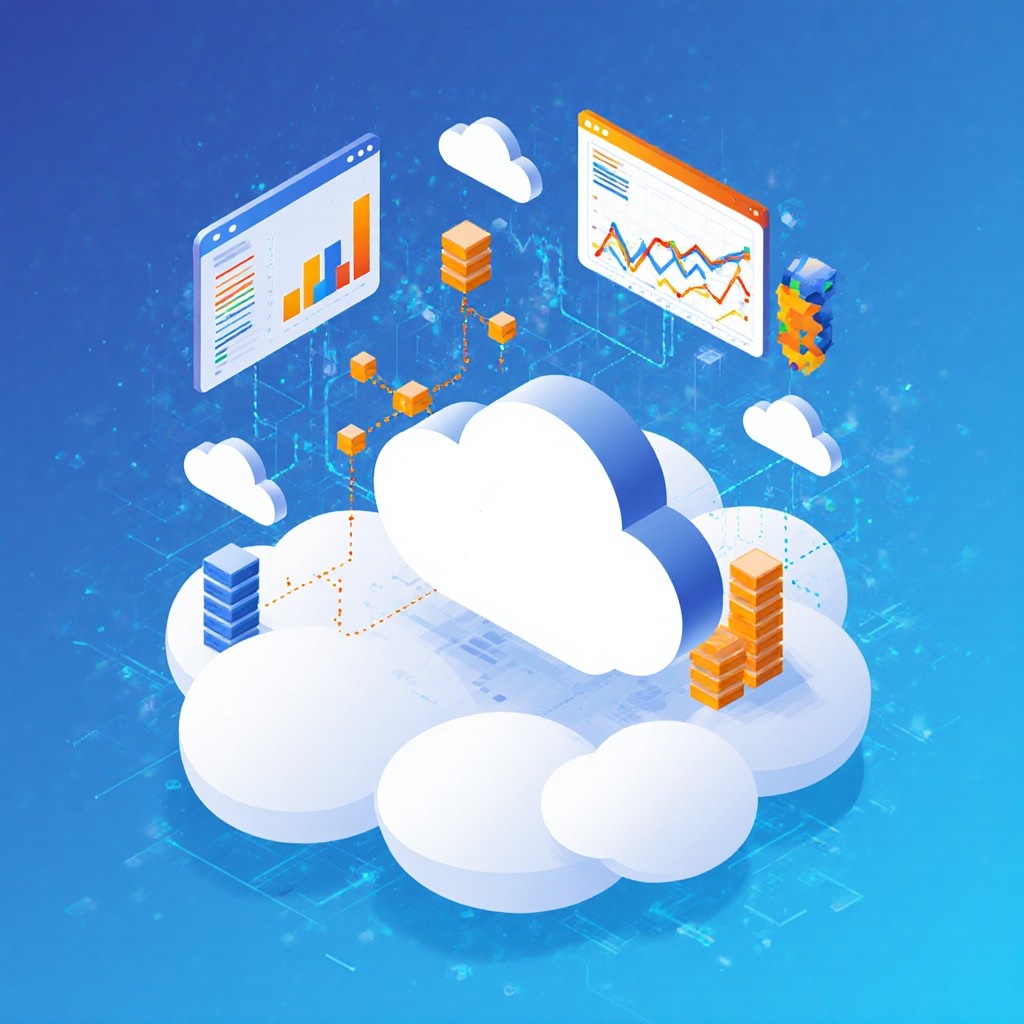Blog
How to Benchmark Classical Machine Learning Workloads on Google Cloud

Introduction to Benchmarking Classical Machine Learning on Google Cloud
Benchmarking classical machine learning workloads is essential for data scientists and machine learning practitioners seeking to optimize their models and leverage cloud resources efficiently. Google Cloud Platform (GCP) offers a robust environment for deploying and evaluating machine learning models. This article will guide you through the process of benchmarking classical machine learning workloads on GCP, exploring key considerations, methodologies, and tools available to enhance performance and ensure effective resource utilization.
Understanding Classical Machine Learning Workloads
Before diving into benchmarking, it’s vital to understand what classical machine learning workloads encompass. These typically include well-established algorithms such as linear regression, decision trees, support vector machines, and k-nearest neighbors. These models are fundamental for performing tasks like classification, regression, and clustering.
The Importance of Benchmarking
Benchmarking provides insights into the performance of your algorithms across various configurations, datasets, and environments. It allows you to:
- Identify Bottlenecks: Discover performance limitations in your models or data processing pipelines.
- Optimize Resource Usage: Make informed decisions about resource allocation on cloud services.
- Compare Algorithms: Evaluate the effectiveness of different algorithms under the same conditions.
Setting Up Your Environment on Google Cloud
To effectively benchmark machine learning workloads, you need to set up your GCP environment. Follow these steps:
1. Create a Google Cloud Account
If you don’t have one already, sign up for a Google Cloud account. You may benefit from promotional credits that allow you to explore the platform without immediate costs.
2. Set Up a Project
After signing in, navigate to the Google Cloud Console and create a new project. This helps you manage resources specifically for your benchmarking activities.
3. Configure Billing
You will need to set up a billing account to use GCP resources. This entails linking a credit or debit card to your Google Cloud account.
4. Enable Necessary APIs
To access machine learning services, enable APIs such as the Google Cloud Storage API, BigQuery API, and AI Platform API.
Choosing the Right Machine Learning Framework
Google Cloud supports several machine learning frameworks, including TensorFlow, Scikit-learn, and PyTorch. For classical machine learning workloads, Scikit-learn is often preferred due to its simplicity and extensive library of algorithms.
Installing Required Libraries
You can set up a virtual environment in Cloud Shell or a VM instance to install Scikit-learn along with necessary dependencies. Use the following command to install:
bash
pip install scikit-learn pandas numpy
Data Preparation
A crucial aspect of benchmarking is data preparation. The quality and structure of your dataset can significantly impact model performance.
1. Selecting a Dataset
Choose a publicly available dataset that aligns with your specific benchmarking goals. Popular datasets include the Iris dataset, Boston Housing dataset, or the CIFAR-10 dataset for image processing tasks.
2. Data Preprocessing
Preprocess your dataset by handling missing values, normalizing features, and splitting the data into training and testing sets. This ensures consistent results across benchmarks.
3. Data Storage
Utilize Google Cloud Storage to store your datasets. This allows for easy access and scalability as your data needs grow.
Implementing Benchmarking Methodology
When it comes to benchmarking, having a clear methodology is crucial. Follow these steps for effective benchmarking:
1. Define Metrics for Evaluation
Choose relevant performance metrics based on your machine learning task. Common metrics include:
- Accuracy: The proportion of correct predictions.
- Precision and Recall: Useful for evaluating classification tasks.
- F1 Score: Balances precision and recall.
- Training Time: The duration to train your model.
2. Set Up Experiments
Design experiments by varying parameters like algorithm types, hyperparameters, and data sizes. This encourages a comprehensive evaluation.
3. Run Benchmarks
Execute your defined experiments while ensuring that each run is independent and reproducible. Utilize Google Cloud’s Compute Engine to spin up virtual machines as needed.
Analyzing Benchmark Results
After executing the benchmarks, it’s crucial to analyze the results systematically.
1. Collecting Results
Store the results of your experiments in a centralized location, such as Google Cloud BigQuery or a SQL database, for easy retrieval and analysis.
2. Visualizing Data
Utilize visualization libraries like Matplotlib or Seaborn to create graphs and charts that illustrate your model performance across different runs. Visualization can help in identifying trends and insights quickly.
3. Drawing Conclusions
Analyze the results based on your predefined metrics. Consider the trade-offs between accuracy and compute time, and determine the most effective algorithm for your use case.
Best Practices for Benchmarking on Google Cloud
To maximize your benchmarking efforts, consider the following best practices:
1. Use Managed Services
Leverage Google Cloud’s managed services, such as AI Platform and AutoML, to simplify infrastructure management and focus on model development.
2. Automate Benchmarking
Automate your benchmarking pipeline using tools like Cloud Functions or Cloud Run. This ensures consistency and allows for easier updates to the benchmarking process.
3. Monitor Resource Utilization
Utilize Google Cloud’s monitoring tools to keep track of resource utilization. This helps in understanding the cost associated with your benchmarks and aids in optimizing resource allocation.
4. Document Your Findings
Maintain thorough documentation of your experiments, methodologies, and results. This is invaluable for future benchmarking efforts and for sharing insights with colleagues or the broader community.
Conclusion
Benchmarking classical machine learning workloads on Google Cloud is a critical process that helps optimize model performance and resource usage. By following a structured methodology—from environment setup to data analysis—you can discover valuable insights that enhance your machine learning projects. Utilize Google Cloud’s powerful tools to streamline your efforts and ensure that your benchmarking endeavors yield meaningful results.

